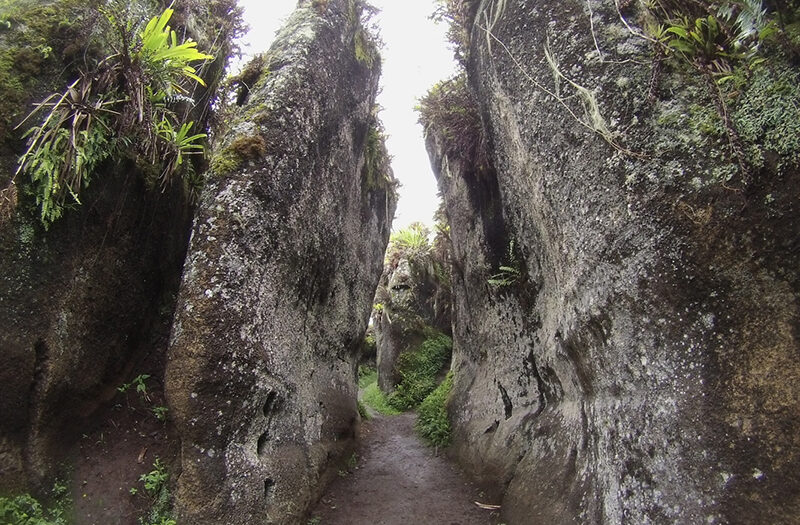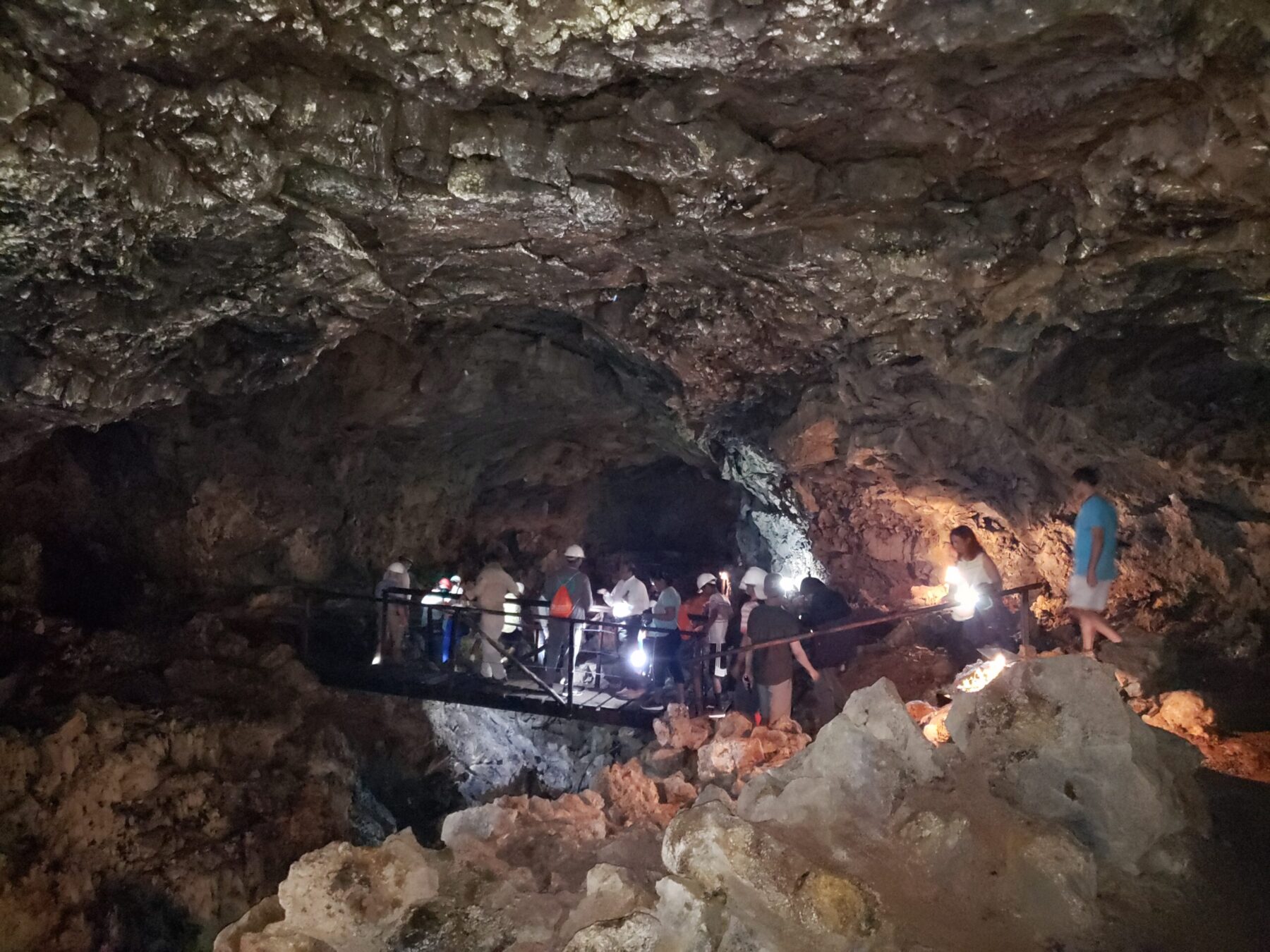Human History & Adventures
The islands were discovered in 1535 by Fray Tomas de Berlanga, was a bishop who had been sailing from Panama to Peru and happened upon the islands. The islands became named the Galapagos Islands due to the giant tortoises found there. The word galapago is related to the tortoise shell shape which is like a riding saddle. The islands were first mapped by a Flemish cartographer called Abraham Ortelius in 1574. The map was called Theatrum Orbis Terrarum. By today’s standards the map was not terribly accurate, but it was important in alerting explorers and others to the presence of the islands, leading to new developments in the human history of the Galapagos Islands.
As can be seen, the human history of the Galapagos Islands is both fascinating and intriguing. If you think about the history of those living in the Galapagos Islands when you visit, and particularly about the hardships that early residents and prisoners faced you will have a deeper understanding of the islands and their history. This will help you understand the Galapagos history at a greater depth than you might otherwise on your adventure through the inhabited islands.


In 1968 the first regular tourist flights started on a fortnightly basis, servicing the schooner, Golden Cachalot. This was increased in 1969 to two flights a week with the arrival of the first cruise ship, the 0 passenenger "Lina A". Now there are at least three flights a day either Baltra or San Cristobal. The population was about 2,500 in 1968, and had increased to 30,000 in 2020. There are now over 100 vessels servicing the tourism industry.
